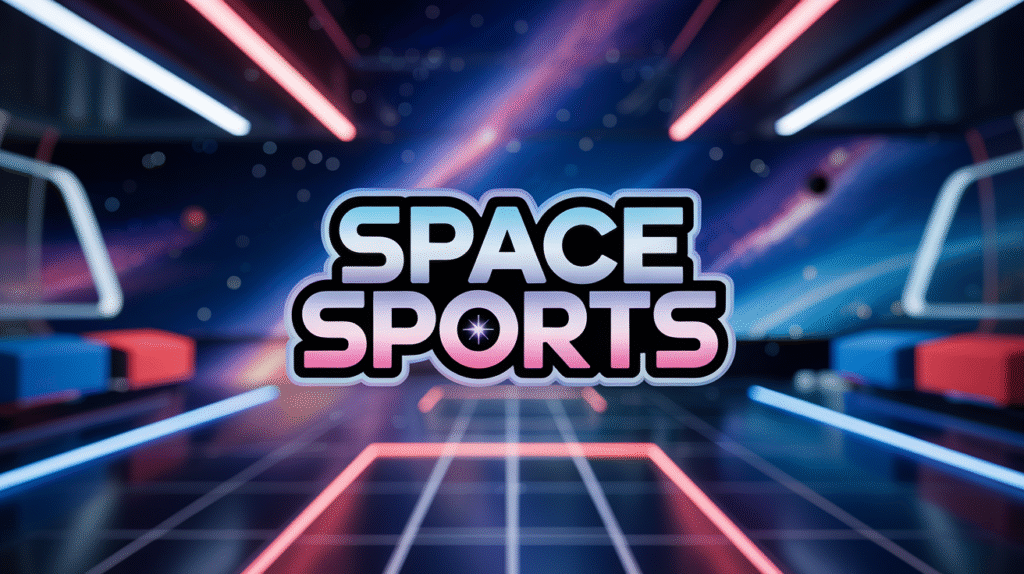
Summary – World Athletics launches its inaugural sustainability review, setting new standards to reduce environmental impact while boosting local economies in global athletics meets.,
Article –
World Athletics has taken a bold step forward by releasing its first-ever annual review dedicated to evaluating athletics meets based on the “Athletics for a Better World” standard. This pioneering initiative, unveiled on Tuesday, is designed to minimize environmental footprints, foster social benefits, and enhance local economic impact across the globe. For sports fans and stakeholders worldwide, this marks a transformative moment in how global athletics competitions are organized and experienced.
Setting the Stage
Track and field events, hosted across diverse locations worldwide, have historically been significant contributors to environmental strain through high energy consumption, waste production, and carbon emissions associated with travel and infrastructure. Recognizing the urgent need for sustainability in sport, World Athletics introduced the “Athletics for a Better World” framework to ensure that meets integrate eco-friendly practices and contribute positively to their communities.
This first annual review evaluates key global and regional events against rigorous sustainability metrics that cover areas such as:
- waste management
- energy use
- water conservation
- accessibility
- community engagement
- economic uplift
The assessment not only measures environmental impact but also social inclusiveness and local economic benefits, showcasing a holistic approach to sustainable sport.
The Turning Point
The release of this review is timed amid rising global environmental concerns and growing public demand for eco-conscious sporting events. World Athletics, the international governing body for athletics, has leveraged its authoritative position to spearhead change that goes beyond sport, influencing wider societal standards.
Key events such as the Diamond League meetings, World Championships, and regional competitions have been scrutinized. The data reveals encouraging trends where several meets have:
- Drastically reduced single-use plastics
- Optimized energy consumption through renewable sources
- Engaged local communities with inclusive programs
For instance, some events implemented zero-waste goals by introducing comprehensive recycling initiatives and partnering with local vendors to stimulate the economy.
Tactical and Technical Breakdown
The “Athletics for a Better World” standard assesses meet organizers on multiple fronts:
- Technical: Use of carbon footprint calculators to measure travel emissions and adoption of offsetting mechanisms; innovations like energy-efficient LED lighting, water-saving devices in stadiums, and biodegradable materials.
- Tactical: Development of detailed sustainability action plans involving stakeholders such as athletes, local governments, sponsors, and fans; educational campaigns to promote environmental awareness among spectators and participants.
Moreover, the standard mandates accessible facilities to ensure inclusivity, recognizing that true social sustainability encompasses equity in sport participation. Economic benefits are gauged through local job creation and business involvement, incentivizing organizers to create lasting legacies beyond the competition weekend.
Reactions from the Sport
The review has been met with widespread acclaim from athletes, coaches, and event organizers. World-class athletes have expressed pride in competing at meets that align with their personal values toward environmental stewardship. Federation officials have hailed the framework as a blueprint for future event planning worldwide, highlighting its potential to transform the sport’s global image.
Sponsors and broadcasters are also embracing the sustainability narrative, recognizing its appeal to increasingly eco-conscious audiences. This evolution signifies a shift in professional athletics where performance excellence is now coupled with responsibility and integrity.
What Comes Next?
World Athletics plans to expand and refine the “Athletics for a Better World” program in the coming years by:
- Incorporating more frequent reviews
- Widening criteria to accelerate sustainable transformation
- Partnering with local municipalities, sustainability experts, and technology innovators
The goal is to create model athletics meets that can be replicated worldwide, answering broader questions about the role of global sports in combating the climate crisis while remaining competitive and commercially viable.
Will other international sporting federations follow suit, embracing environmental and social accountability as core pillars? For athletics, the journey toward a greener, fairer future is underway, but its ultimate impact depends on the collective effort of all stakeholders involved.
As fans and participants witness these changes, athletics stands at the crossroads of tradition and innovation, with sustainability positioned as the new finish line.

More Stories
Inside India’s Ambitious Vision to Join the World’s Top Ten Sporting Nations
India’s Ambitious Roadmap to Join the World’s Top Ten Sporting Nations
India’s Ambitious Leap Towards Joining the World’s Top Ten Sporting Nations